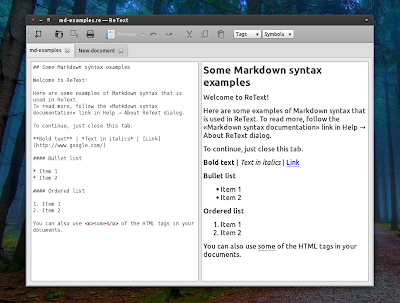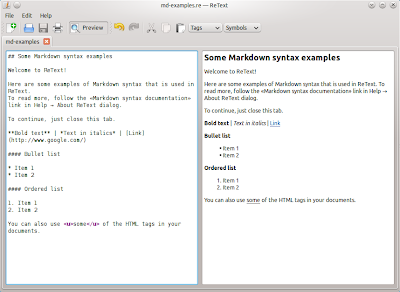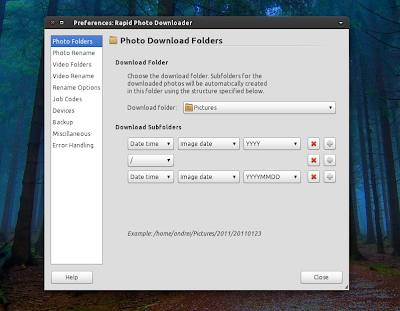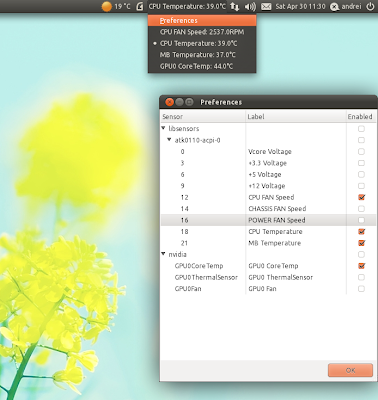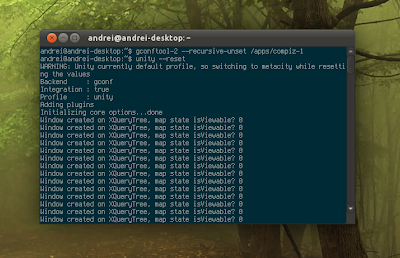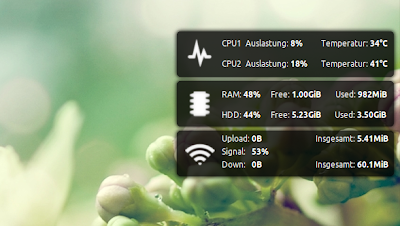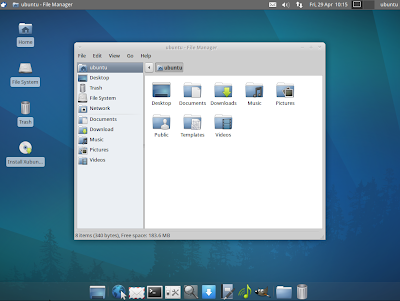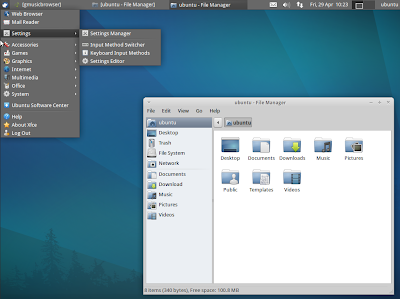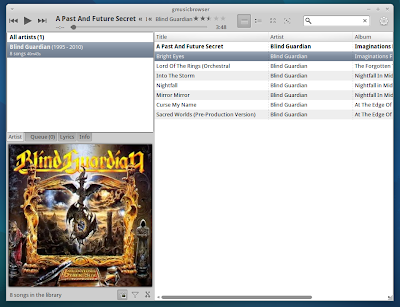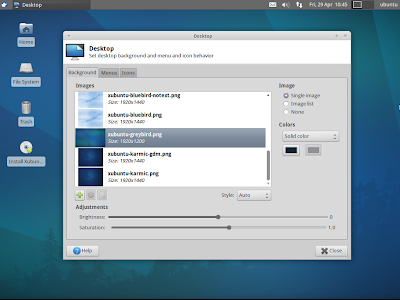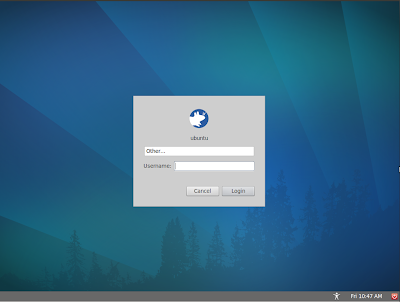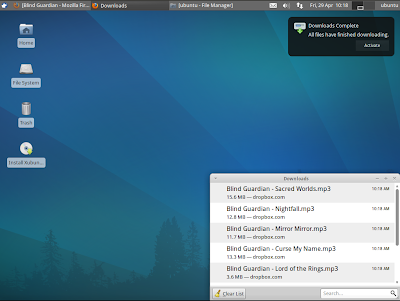Along with Ubuntu 11.04, Xubuntu, Kubuntu and Lubuntu were also release. In this post I'll try to cover the changes in Xubuntu 11.04 - a very interesting Ubuntu flavor based on Xfce.
Xubuntu 11.04 is truly lightweight, using only 184 MB of RAM on startup (I've only tested it in VirtualBox though). It's not as lightweight as Lubuntu, but it has a lot more features and if you don't like Unity or GNOME Shell, you should really consider it.
New artwork in Xubuntu 11.04 Natty Narwhal
The latest Xubuntu 11.04 comes with a complete makeover: a new default theme called Greybird (which even though is inspired by Elementary, there are quite a few differences) and updated icons:
(Greybird - new default Xubuntu 11.04 theme)
The reason for switching to Greybird by default:
We took a conscious step from the polarizing and intense blue to something that proves easy on the eyes for everyday work (and also because one focus of the natty-release is accessibility). That's why "greybird" is not as vibrant as Elementary.
There's also a new default wallpaper:
(New default wallpaper)
Some other changes: a re-worked top panel and a new bottom launcher (hidden by default) and of course, Xfce 4.8 (which adds GVFS support for Thunar so it can now browse remote shares using FTP, Windows Shares, WebDav and SSH, XFCE panel improvements and more).
Gmusicbrowser - default music player instead of Exaile
There's also a new default music player: Gmusicbrowser which has replaced Exaile, most probably because it's not actively developed anymore. And to make the transition complete, Gmusicbrowser even has Xubuntu sound menu support:
Xubuntu 11.04 also comes with a
new default font: Droid. Which is a bit weird considering Ubuntu now has its own font family.
Default applications in Xubuntu 11.04
Xubuntu 11.04 comes with Thunar 1.2.1 Firefox 4.0, Parole Media Player 0.2.0.2, Xfburn 0.4.3, Gimp 2.6.11, Pidgin 2.7.11, Thunderbird 3.1.9, Abiword 2.8.6, Transmission 2.13.
More Xubuntu 11.04 Natty Narwhal screenshots
(Firefox notifications in Xubuntu 11.04)
Download Xubuntu 11.04 Natty Narwhal
